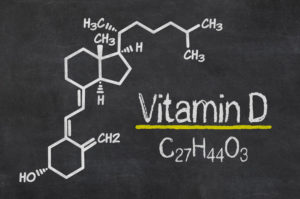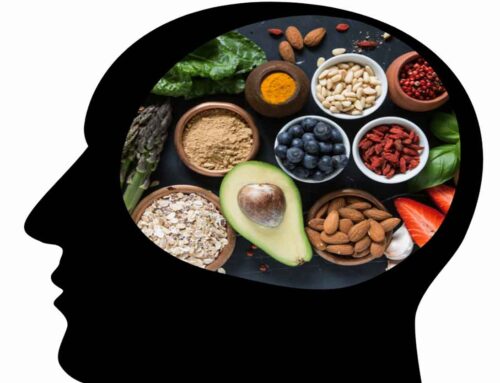Recently there has been growing attention to the important of Vitamin D. Since Vitamin D comes from exposure from the sun, and most full time jobs require sitting at a desk inside all day, many people are deficient in this essential vitamin. Roughly 80% of people who work a regular 9-5 job have a vitamin D deficiency and when recent lockdowns due to COVID-19, the risk of Vitamin D deficiency is growing.
Being Vitamin D deficient has a few obvious symptoms at first but will grow more severe if untreated. Due to the chemical complexity of the vitamin, it plays several roles throughout the body and is vital to maintaining good health.
So Vitamin D comes from UVB which is produced from the sun and absorbed by our skin. The energy is then converted into Vitamin D3. Vitamin D3 is then carried to your liver, then your kidneys, and then transformed into active Vitamin D.
What is a Vitamin D Deficiency?
Obviously being Vitamin D deficient occurs when your body does not receive enough sunshine. But it is important to understand what this means on a deeper level. In order to understand it is important to know what symptoms are associated with this deficiency. A variety of symptoms include
- Weakened immune system (getting sick often)
- Fatigue
- bone pain
- Depression
- Bone loss
- Hair loss
- Muscle and joint pain
Now obviously these symptoms can vary depending on the person. Also these can lead to long term implications that require medical treatment. One of the main roles of vitamin D is increasing the intestinal absorption of calcium which can aid in bone health. This means that conditions such as osteoporosis can be directly worsened by a vitamin D deficiency.
Diagnosis & Treatment:
If you think or fear that you have a Vitamin D deficiency then you need to consult with a healthcare provider immediately. Even if you re not experiencing any symptoms it is still recommended to have your Vitamin D levels checked during your annual blood test. The amount of Vitamin D needed is different for every person and can vary depending on several factors like age, diet, health status, and UVB exposure. A sufficient level is between 50-125 nmol/l.
- If you do have a Vitamin D then it is important to develop a plan with your healthcare provider Some modes of
treatment can include:
- Taking daily or weekly supplements. You can purchase low-dose supplements can over the counter, whereas higher doses may require a prescription.
- Eating a diet rich in vitamin D. This includes foods such as fatty fish, egg yolks, seafood, etc.
- The most obvious treatment is getting more exposure to natural sunlight.
Even if you don’t have a deficiency, it is still important to eat a well-balanced diet and to spend 15-30 minutes outside at least three days a week. This can be hard to achieve during the long winter months as there is usually little sunlight, but during this time even more sun time is required. Many people don’t realize they are deficient until they receive a diagnosis. Anyone is susceptible to a vitamin D deficiency, but luckily it is treatable.











